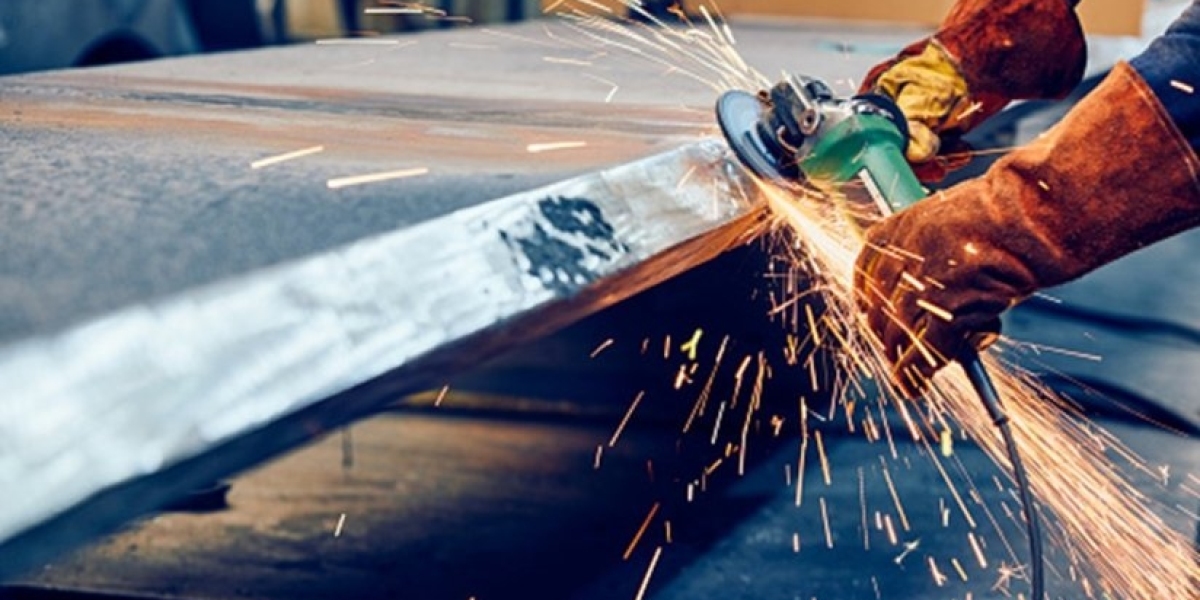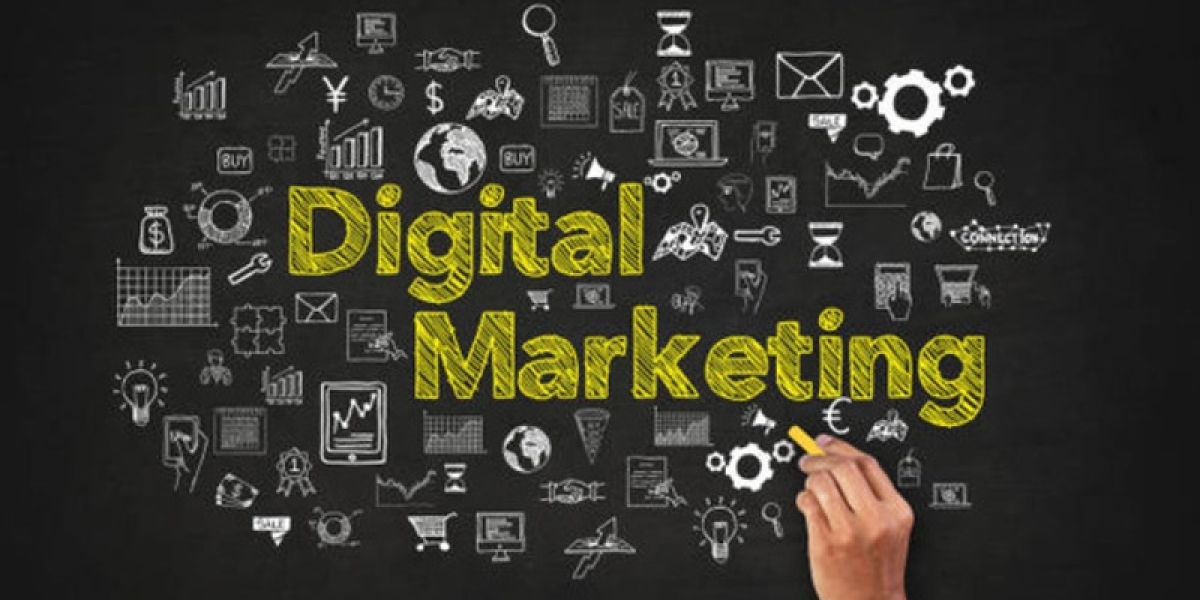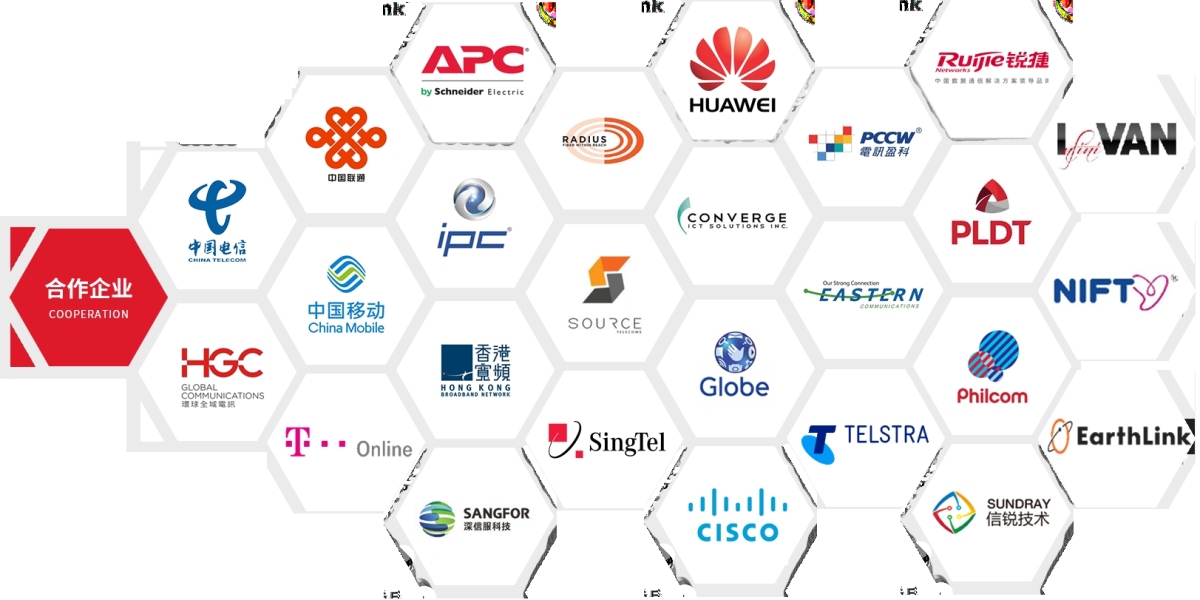Metal fabrication has long been the foundation of industrial progress. From the construction of bridges and vehicles to the smallest machine components, nearly every sector depends on fabricated metal parts to build, connect, and operate the systems we rely on.
But in recent years, metal fabrication has undergone a dramatic transformation. Advances in automation, digital design, and smart technology have changed how metal is shaped, cut, and assembled — leading to higher precision, faster production, and improved sustainability.
In this blog, we’ll explore how modern metal fabrication works, the technologies that drive it, and how it continues to shape the future of manufacturing.
Understanding Modern Metal Fabrication
At its core, metal fabrication is the process of converting raw metal into usable products or structures. It involves several key operations including cutting, forming, machining, welding, and finishing.
In the past, these processes were largely manual, relying on the skills of experienced craftsmen. Today, they’re powered by digital control systems, automated tools, and computer-aided design (CAD), allowing fabricators to achieve unprecedented accuracy and efficiency.
Modern fabrication is not just about building metal parts, it’s about integrating engineering, automation, and innovation to create smarter, stronger, and more sustainable products.
Key Processes in Metal Fabrication
Metal fabrication typically involves a series of coordinated steps, each crucial for achieving high-quality results. Let’s take a closer look at some of the main processes used in the industry today.
1. Cutting
Cutting is the first and most critical step. Advanced technologies such as laser cutting, plasma cutting, and waterjet cutting have replaced traditional sawing and shearing.
These digital systems allow for precise, clean cuts with minimal material waste. Laser cutting, for instance, can handle complex patterns and thin tolerances, which is ideal for intricate parts and high-volume production.
2. Forming
After cutting, metal sheets are shaped into desired forms through bending, rolling, or stamping. CNC-controlled press brakes ensure perfect bending angles, reducing the need for rework. Forming is essential for creating components such as brackets, panels, enclosures, and support frames.
3. Machining
Machining involves removing material to achieve the final dimensions and finishes. CNC machining dominates this stage using computer-guided cutting tools to produce detailed, consistent results. CNC milling, turning, and drilling enable manufacturers to maintain tight tolerances and repeatability across batches.
4. Welding and Assembly
Fabricated parts are often joined through MIG, TIG, or robotic welding. Automation ensures precision, consistency, and cleaner welds especially for structural components where strength is critical.
Once welded, the parts are assembled and tested for fit and performance before moving to the finishing stage.
5. Finishing
Finishing enhances both appearance and durability. Techniques like powder coating, galvanising, and polishing protect against corrosion and wear while giving the product a professional look. In industries like construction and automotive, finishing also provides weather resistance and long-term reliability.
How Technology Has Transformed Fabrication
Over the last two decades, technological innovation has completely reshaped the fabrication industry. The combination of CNC automation, digital modelling, robotics, and data analytics has made modern manufacturing smarter and faster than ever before.
CNC Automation
CNC systems eliminate guesswork by executing programmed instructions with high precision. They reduce manual labour, speed up production, and ensure every cut and hole matches the exact digital blueprint.
3D Modelling and Simulation
CAD and CAM software enable engineers to visualise designs, test fitments, and simulate real-world stress conditions before production begins. This reduces design errors, material waste, and project delays.
Robotics and AI
Robots now handle welding, material movement, and assembly with minimal supervision. Integrated sensors and AI algorithms can detect errors, adjust operations, and even predict maintenance needs — improving uptime and quality control.
Digital Monitoring
Smart fabrication shops use IoT-connected sensors to monitor equipment performance in real time. Data collected from machines helps predict tool wear, reduce energy consumption, and ensure consistent quality throughout the production cycle.
Benefits of Modern Metal Fabrication
The evolution of fabrication technology offers clear benefits for manufacturers, engineers, and end-users alike.
1. Greater Precision
CNC and laser-guided systems achieve micrometre-level accuracy, ensuring that even complex designs are executed flawlessly.
2. Reduced Production Time
Automation reduces setup times, eliminates manual adjustments, and allows 24-hour operation. Projects that once took days can now be completed in hours.
3. Material and Cost Efficiency
Optimised cutting paths and intelligent software minimise scrap. Fabricators can use less raw material while achieving higher output — lowering costs and improving sustainability.
4. Design Flexibility
Digital design allows for unlimited creative possibilities. Custom parts, prototypes, and complex geometries can be produced quickly without costly tooling changes.
5. Enhanced Quality and Reliability
Automation ensures consistency, while quality-control systems monitor every stage of production. As a result, defects are reduced, and the lifespan of products increases.
Applications of Metal Fabrication in Modern Industry
Metal fabrication touches nearly every sector of the global economy. Some of the most prominent applications include:
Construction: Steel beams, brackets, and frameworks form the backbone of buildings and infrastructure.
Automotive: Lightweight fabricated components improve fuel efficiency and safety.
Aerospace: Precision-engineered parts withstand extreme conditions and high stress.
Renewable Energy: Fabricated metal supports turbines, solar panels, and energy storage systems.
Industrial Equipment: Custom fixtures, enclosures, and machine components power everyday operations in manufacturing plants.
These examples show how essential metal fabrication is to the advancement of modern engineering and technology.
Sustainability and the Future of Fabrication
As industries strive toward greener practices, the fabrication sector is embracing sustainability through energy-efficient machines, recycled materials, and eco-friendly coatings.
Automation also plays a key role in waste reduction precision cutting and digital optimisation ensure that every piece of metal is used effectively.
In the future, expect to see increased use of AI-driven production, additive manufacturing, and digital twins that simulate processes in real time. These innovations will make fabrication smarter, more efficient, and environmentally responsible.
Conclusion
Modern metal fabrication represents the perfect balance of craftsmanship and technology. Through CNC automation, robotics, and digital precision, it has evolved into a cornerstone of today’s manufacturing economy.
As industries continue to demand higher accuracy, faster turnaround, and sustainable solutions, metal fabrication will remain a driving force behind innovation and industrial growth.
The continued evolution of these technologies will not only change how products are made — it will redefine how the world builds, connects, and creates for generations to come.









